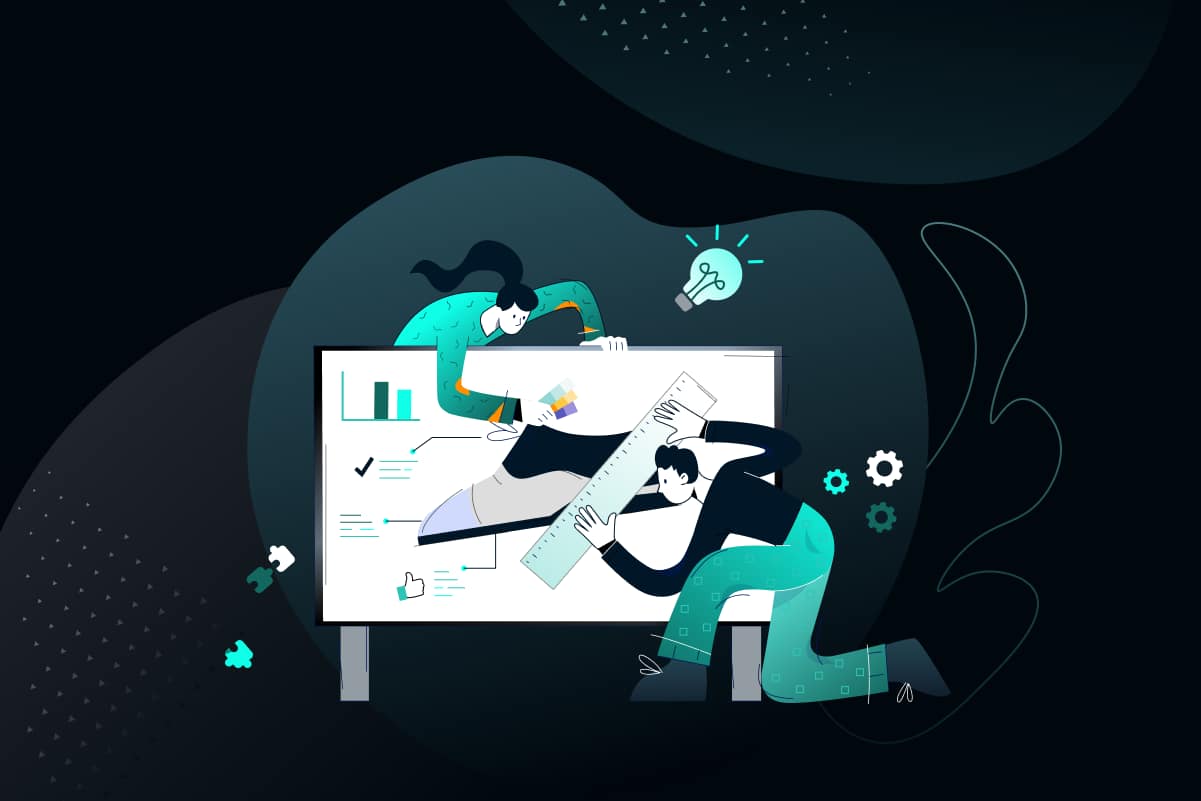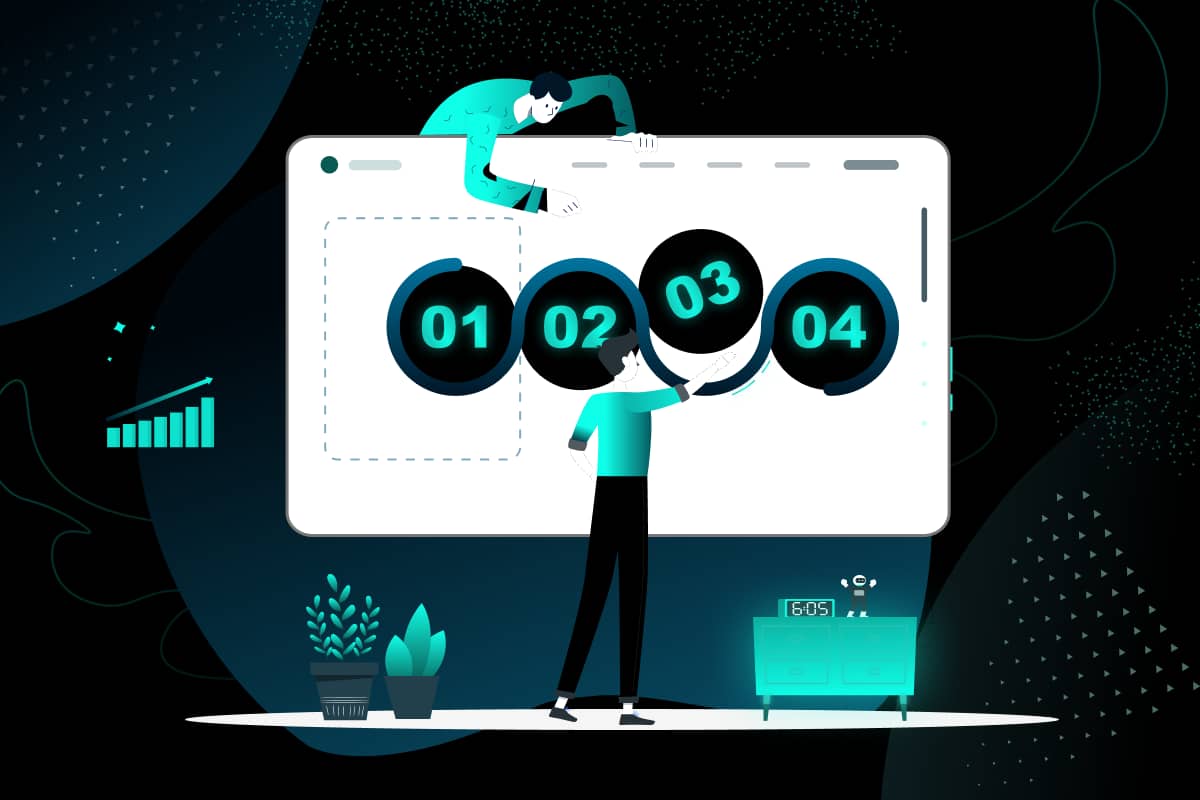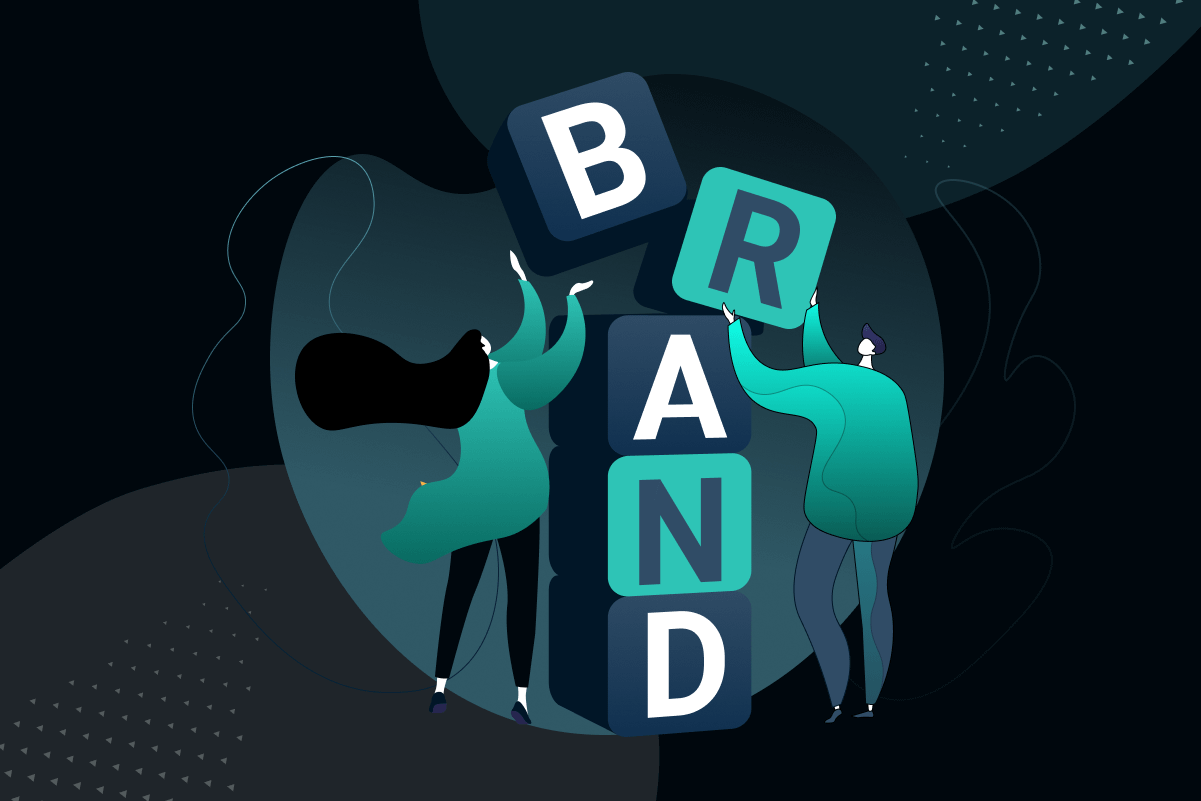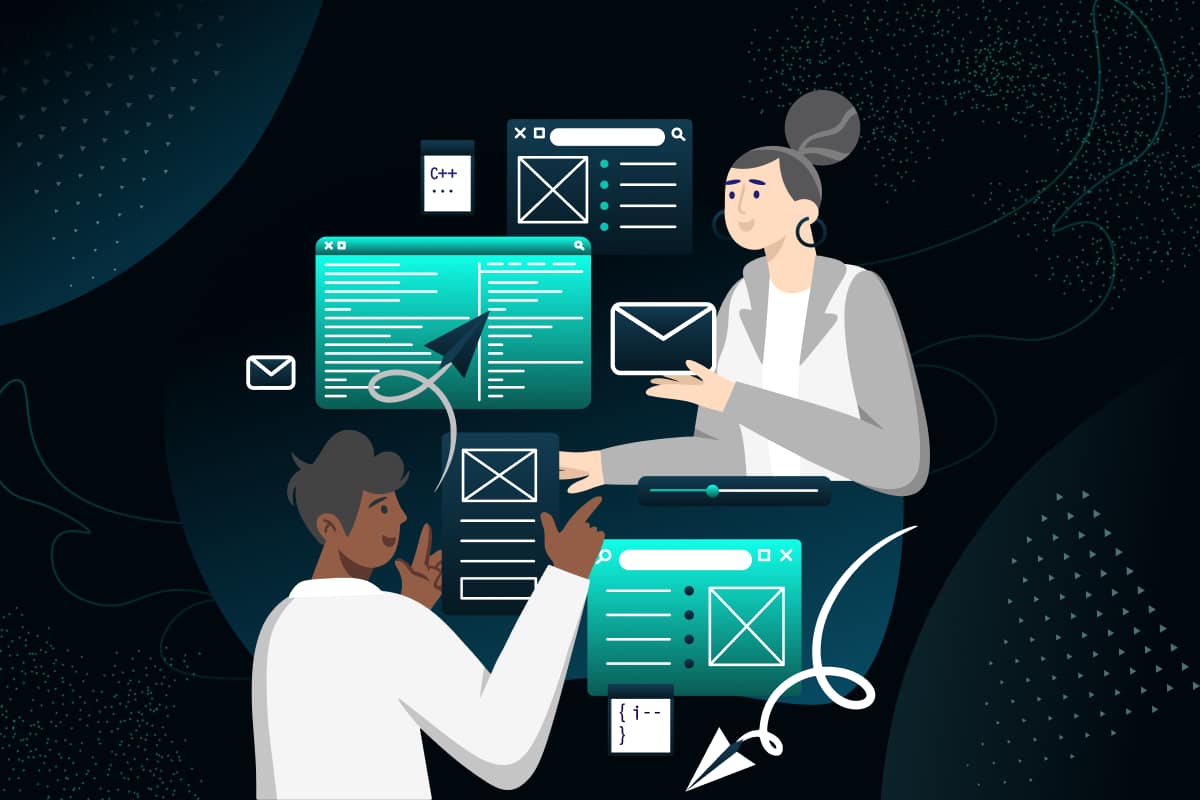The product design process is a complex and iterative journey that all product designers must embark on if they want to create products that people will love. There are many different steps and stages involved in designing a product, from understanding your target market to prototyping and testing.
In this blog post, we’re going to take a look at the product design process and some of the key steps involved. We’ll also touch on some of the challenges that product designers face and offer some advice on how to overcome them.
By the end of this post, you should have a good understanding of the product design process and what it takes to design a successful product.
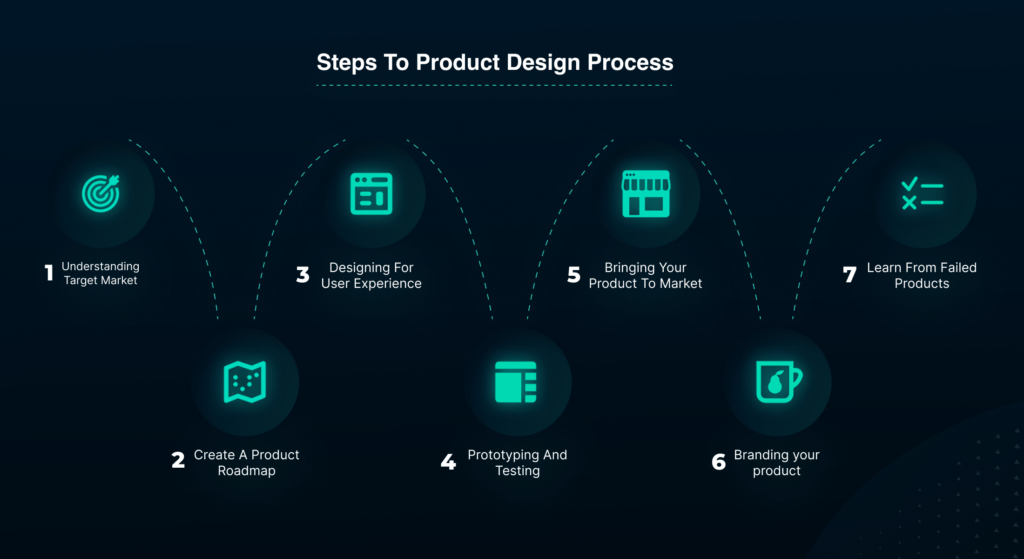
The Product Design Process: An Overview
The product design process is the creation of a new product. It can be broken down into four main stages: idea, research, feasibility, and development.
In order to create a successful product, companies must understand what their customers want and needs at each stage. This starts with the idea stage, where businesses come up with an innovative or new product to offer customers.
After this, research is conducted to determine if the product is feasible to produce commercially. If it is determined that the product may be feasible, then the feasibility stage follows, where prototypes are created and tested before mass production begins.
Lastly, development takes place where features and functions are added to the finalized prototype before it is released for public consumption.
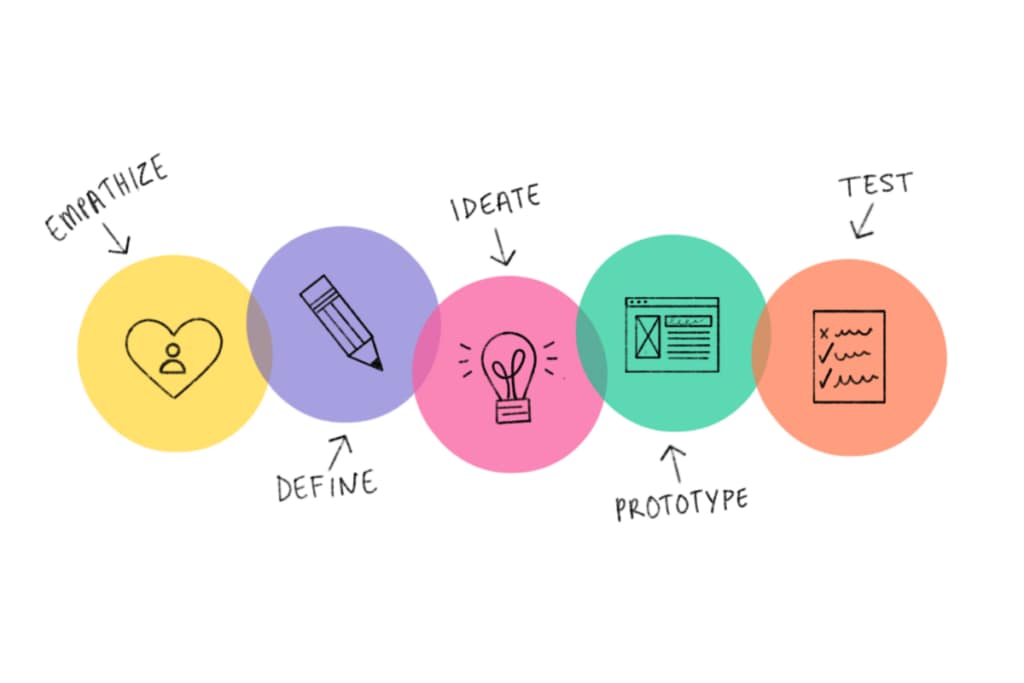
While the entire process can be difficult, it is essential for businesses to move forward with caution in order to make sure that their products are successful.
By knowing what stages your business should jump into and how it should move through them, you will create a better chance of success for your product.
The Importance Of Understanding Your Target Market
Understanding your target market is one of the key steps to marketing success. By identifying and segmenting your target market, you can focus on those most likely to buy from you.
This will help you to understand what motivates them, and build a framework for your entire marketing strategy. Additionally, it helps to ensure that your products are targeted toward the right audience.

Target market segmentation is not a one-time task, but must be revisited on an ongoing basis. Your target market will change over time, as will their needs and wants. It is important to stay up to date on changes so that you can continue to serve your target market effectively.
Additionally, it is important to remember that not all potential customers are alike. Some may be more likely to buy your product than others, based on factors such as age, education level, or location.
It is crucial to understand which group of potential customers fits your product and what motivates them the most. This information can then be used in your marketing strategy and products targeted toward these individuals.
Creating A Product Roadmap
Creating a product roadmap is essential for businesses of all sizes. It can help to ensure that the company stays on track and achieves its goals, while also providing guidance for future product development. Here are some tips on how to create a roadmap:
– Start with your business objectives. What do you want to achieve? This will help you to decide which products and features should be included in your roadmap.
– Include a timeline for each stage of the product development process. This will give you an idea of when each milestone should be achieved, as well as what resources will need to be allocated in order to make this happen.
– Make sure that all stakeholders are on board with your plans – including customers, management, and engineers. Without their support, creating an effective product roadmap is virtually impossible.

The benefits of having a product roadmap include:
1) Improved communication and collaboration between different departments within the company;
2) More accurate planning and execution;
3) Reduced risk due to a better understanding of project timelines;
4) Increased accuracy in predicting customer needs/wants;
5) Enhanced visibility into project progress (both internally and externally).
Designing For User Experience
Designing for user experience should be a top priority for any product designer. There are many factors to consider when designing for user experience, such as ease of use, functionality, and aesthetic appeal.
Getting these aspects right can make or break a product, so it is important to take them into account from the outset.
User experience can make or break a product, so it is important to get it right. However, oftentimes getting the user experience right is challenging. This is due to the number of different factors that need to be considered (e.g., ease of use, functionality, aesthetics).
As such, design for user experience should not be overlooked – it should be part of every product design process.
There are a number of different methods that can be used to design for user experience, and it is important to choose the one that best suits the product. Some common methods include studies, interviews, and usability testing. Each has its own strengths and weaknesses, so it is important to select the right tool for the job.
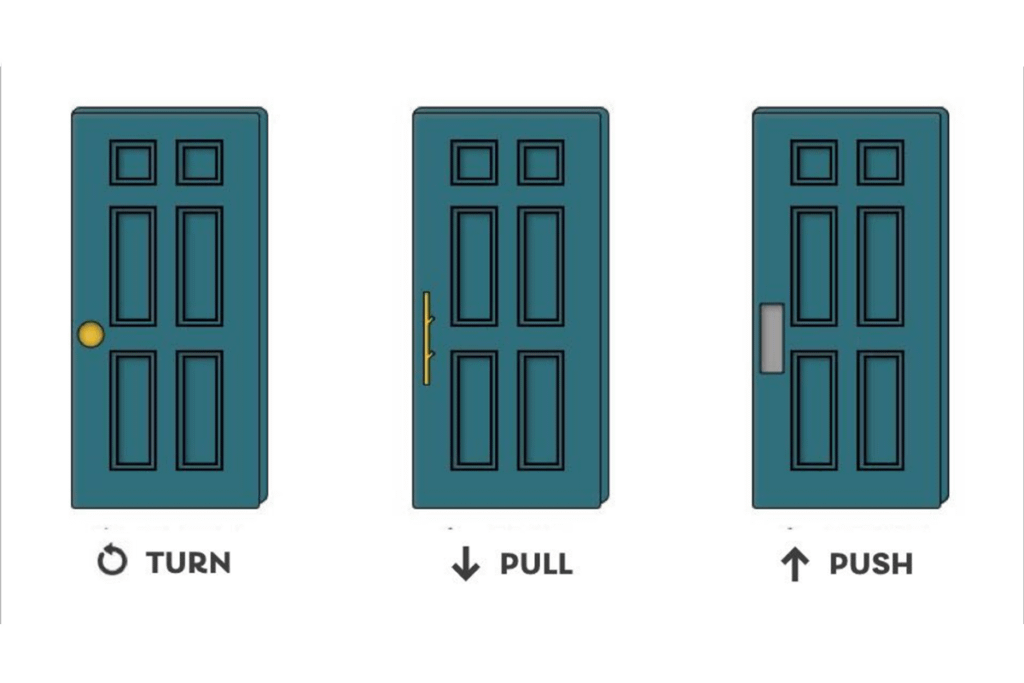
Studies can be useful when determining how users will use the product. This information can then be used to create mockups or prototypes that represent how users would actually use the product.
Interviews can also be helpful in this regard, as they allow analysts to ask users specific questions about their usage of the product.
The usefulness of these interviews depends on a variety of factors – such as whether or not the interviewer understands English well enough – so it is important to do some research before conducting one.
Additionally, usability testing can help determine whether products are easy to use and understand. This process typically involves participants using products in various situations and trying to figure out what functions work correctly and what do not.
All three methods have their strengths and weaknesses; it is important to choose which one(s) will best suit the needs of the product under consideration.
Prototyping And Testing
Prototyping is an important step in the product design process. It allows you to test your product ideas with real users, which can help you ensure that your product is user-friendly and meets the needs of your target market.
Additionally, prototyping can help you save time and money in the long run. For example, by creating a prototype early on in the development process, you can often avoid costly changes or revisions later on.
User testing is also an important part of the product design process. User testing helps you to get valuable feedback about your product. This feedback can be used to improve aspects such as usability and design.
Additionally, user testing can identify any potential flaws in your product before they become apparent to actual users.

It is important to note that prototyping and user testing are not one-time events. Rather, they are integral parts of the product design process. As such, it is essential to have a good plan for each stage of the process.
This plan should include a timeline for each stage as well as specific goals and objectives for each step. Without a proper plan, you may end up wasting valuable resources or rushing through important steps in order to meet deadlines.
In addition to a timetable, you will also need an arsenal of tools and resources at your disposal when conducting prototyping and user testing. This includes software such as Adobe Photoshop or Illustrator, project management software such as Microsoft Project, and survey software such as Qualtrics or SurveyMonkey.
By having these tools available on hand, you can easily create prototypes or test scenarios based on customer feedback.
Bringing Your Product To Market
Getting your product in front of customers can be a difficult task, but with the help of generative AI, it can be made much easier. By using generative AI, you can create products that are unique and original, as well as products that are custom-made for a specific customer.
This can help to increase sales and get buy-in from the CEO and CFO. Additionally, it is important to note the difference between B2B and DTC products. B2B products are typically sold to businesses, while DTC (direct-to-consumer) products are sold directly to customers.

To be successful with generative AI, it is important to have a good understanding of how the technology works. In order to create products using generative AI, you first need to gather data. This data can come from surveys, customer interviews, and other forms of input.
Once you have gathered this data, you can use it to train your algorithms. Once the algorithms are trained, they can begin creating new products on their own.
Generative AI is an amazing tool that can help you create unique and original products. By understanding how the technology works and using it correctly, you can increase sales and get buy-in from the CEO and CFO.
Additionally, B2B versus DTC products are two different types of markets that need different strategies when utilizing generative AI.
The Role Of Branding In Product Success
When it comes to product success, having a clear strategy and a well-executed plan is key. However, one of the most important factors is the role that branding plays. Branding can help to create a unique selling proposition (USP), which is what differentiates your product from others on the market. Additionally, branding can help to establish trust with consumers and increase sales.
The role of branding in product success cannot be overstated. Therefore, it is important for companies to have a CEO and CFO who are knowledgeable about branding and its importance in product success.
Furthermore, it is critical to integrate branding into the design process from the beginning so that it contributes effectively to the final product. By doing this, you can ensure that your customers receive the best possible experience when using your products.

To date, research has shown that brand equity accounts for up to 70% of customer loyalty and 80% of overall purchase intent. In other words, if you want your customers to stick around and continue buying your products, creating an enduring brand identity is essential.
Brands that have successfully managed their brands over time tend to do so by consistently delivering on their promises through quality products and outstanding customer service. By following these principles, you can ensure that your customers receive the best possible experience when using your products – whether they are purchasers or non-purchasers.
Creating a great branded experience starts with understanding how people use products in their everyday lives. By leveraging qualitative research methods such as focus groups or interviews, you can gain valuable insight into how users think about and interact with brands.
This knowledge can then be used in the design process to create experiences that resonate more closely with users’ needs. Integrating qualitative research throughout the entire product development process helps brands build trust with their customers early on6 thereby resulting in even greater loyalty down the line.
“Lessons Learned From Failed Products”
There are a few key steps to take into account in the product design process. Firstly, it is important to understand your target audience. Secondly, feedback from users should always be considered when making decisions about the design of a product. Finally, it can often be wise to pivot on a product if it isn’t meeting expectations.
User feedback is incredibly important when it comes to designing products. Without user feedback, products can often become stagnant and fail to meet the needs of their target audience. It’s also important to consider how you will measure the success of a product before launching it into the market. Failures are inevitable in business – learn from them and move forward!

One of the biggest mistakes that companies can make when designing products is not listening to their users. Too often, designers will set out with a preconceived notion of what they think the product should look like, without taking into account how users might actually use it.
This can lead to frustrating user experiences and a product that doesn’t meet expectations. It’s also important to be pragmatic when it comes to making design decisions. If a product isn’t meeting user expectations, it’s often wise to pivot and rethink the design in order to improve things.
Sometimes this means scrapping an entire project entirely and starting from scratch. However, being flexible and willing to change course is key if you want your product to succeed.
To Summarize
Designing a product is a complex process that requires careful planning and execution. However, by understanding the steps involved in the product design process, you can increase your chances of success.
Additionally, it is important to keep your target market in mind throughout the entire process. By doing so, you can ensure that your product is designed with them in mind. Finally, prototyping and user testing are essential for ensuring that your product meets the needs of users.
That’s where Wilson Wings comes into the picture and offers its services on creating product design. Internationally trusted agency to make your brand and company known by everyone, Wilson Wings adds a personal touch to every website they create to make you rise higher in the market.

